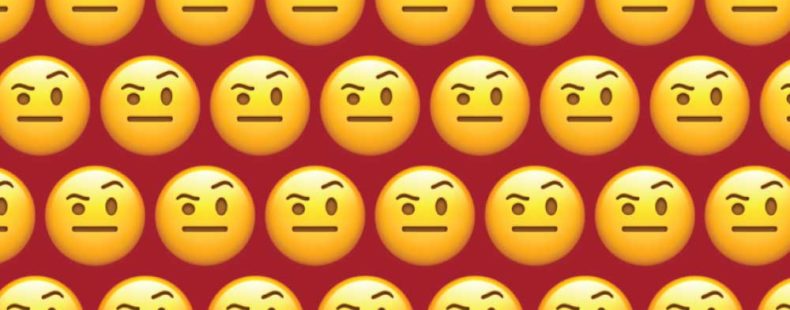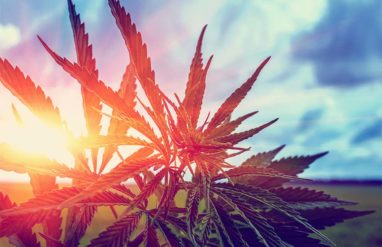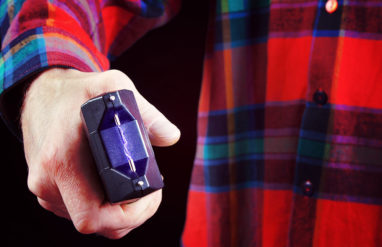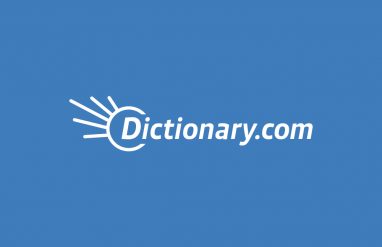Emoji, the charming little pictograms that walked out of our dreams and onto our phones, have been around since 1999. Today, two decades after the first set of 176 emoji were released, there are over 3,000 emoji. That’s a lot of pictograms.
According to the Unicode Consortium, which is the official body that approves emoji internationally, the ideal emoji should meet three criteria:
- It will be used a lot.
- It should be different from other emoji.
- It should have a lot of different meanings.
It’s great to have ideals. But with over 3,000 emoji that should each mean lots of different things, there is bound to be some overlap.
Just like the different words in English that have similar meanings, or synonyms, different emoji can also be synonyms. Sometimes, these different emoji can look confusingly similar. But that’s why we are discussing how there’s more to these closely-related emoji than meets the eye. Plus we have a few ideas about how to mix up your emoji game in some fun and surprising ways.






















